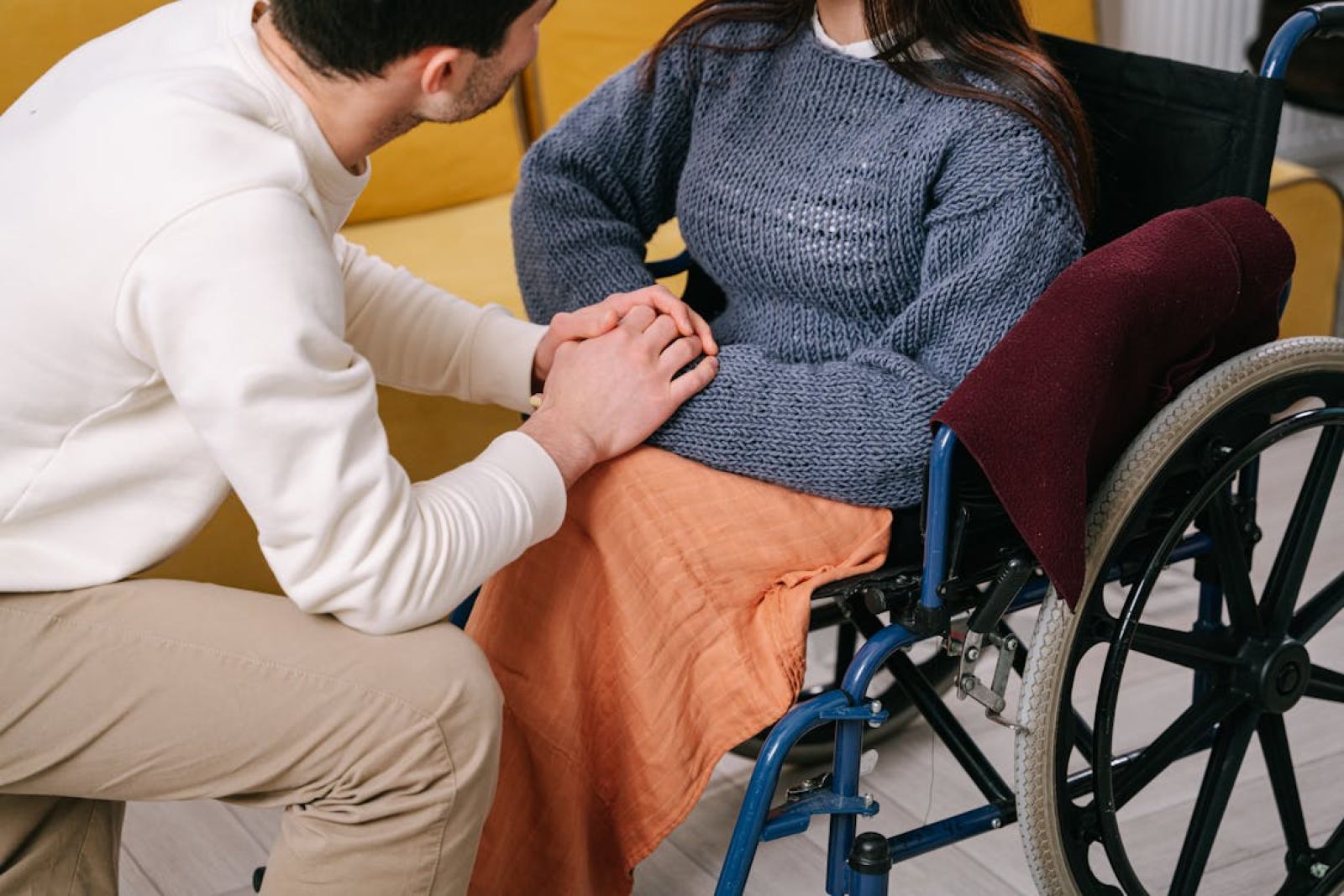An overlooked area of the brain allows paralyzed patients to walk again 🧠
Published by Cédric,
Article author: Cédric DEPOND
Source: Nature Medicine
Other Languages: FR, DE, ES, PT
Article author: Cédric DEPOND
Source: Nature Medicine
Other Languages: FR, DE, ES, PT
Follow us on Google News (click on ☆)
Developed in the 1990s to combat Parkinson's disease, deep brain stimulation has proven effective in treating severe neurological disorders. Today, Swiss researchers are taking a decisive step: using this method to reactivate motor functions in people with spinal cord injuries.

Illustrative image Pexels
Spinal cord injuries, a frequent cause of paraplegia, lead to a partial or total loss of communication between the brain and limbs. However, some nerve fibers often survive these injuries. By amplifying the signals transmitted by these residual connections, brain stimulation could help the body recover some motor abilities.
To identify the area to stimulate, scientists examined the brain activity of paralyzed mice. They discovered that the hypothalamus, a region known for regulating functions like appetite, played an unexpected role in walking. Activating its neurons through an optogenetic method allowed the rodents to regain a smoother gait.
This principle was tested on rats with severe spinal injuries. The result: even with 80% of nerve tissue destroyed, these animals were able to walk after several weeks of stimulation. Even more impressively, the progress persisted when the stimulation was stopped, suggesting real repair of neural circuits.
Encouraged by these findings, researchers applied the method to two human patients. Thanks to electrodes implanted in their hypothalamus, these volunteers experienced improved mobility from the first stimulation. Three months of rehabilitation solidified these results, enabling previously impossible actions such as climbing stairs or walking unaided.
According to the authors of the study published in Nature Medicine, this technique works by promoting the creation of new nerve connections at the injury sites. A promising breakthrough, but one that still requires broader validation.
The potential applications are numerous. Combining this approach with direct spinal cord stimulation could usher in a new era in paralysis management. Ultimately, these combined innovations may revolutionize the rehabilitation of patients with neurological injuries.
How does deep brain stimulation affect spinal cord injuries?
Deep brain stimulation (DBS) involves the targeted delivery of electrical impulses to certain areas of the brain via implanted electrodes. This technique directly influences neural activity and facilitates signal transmission.
In the case of spinal injuries, DBS acts on the remaining neurons by strengthening existing connections. It compensates for weakened signals caused by the injury, enabling partial movement recovery.
This stimulation also promotes the regeneration of nerve fibers, accelerating natural repair. The effect sometimes persists even after the stimulation is stopped.
These findings open significant possibilities for treating paralysis that was previously considered irreversible.